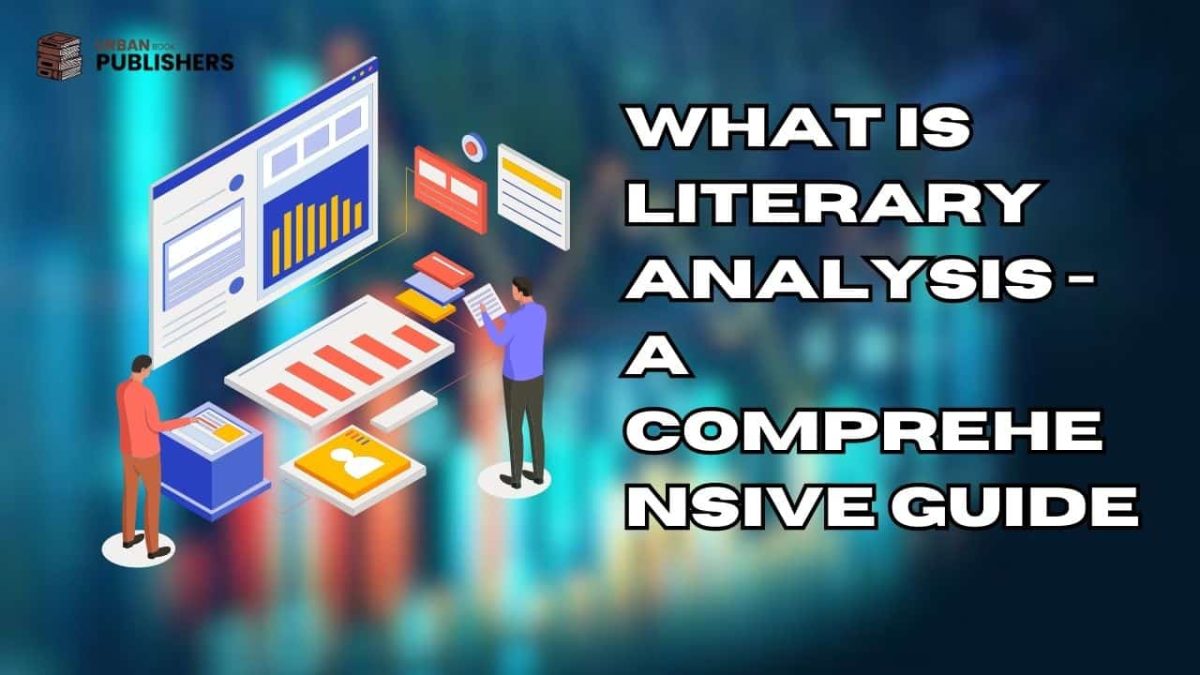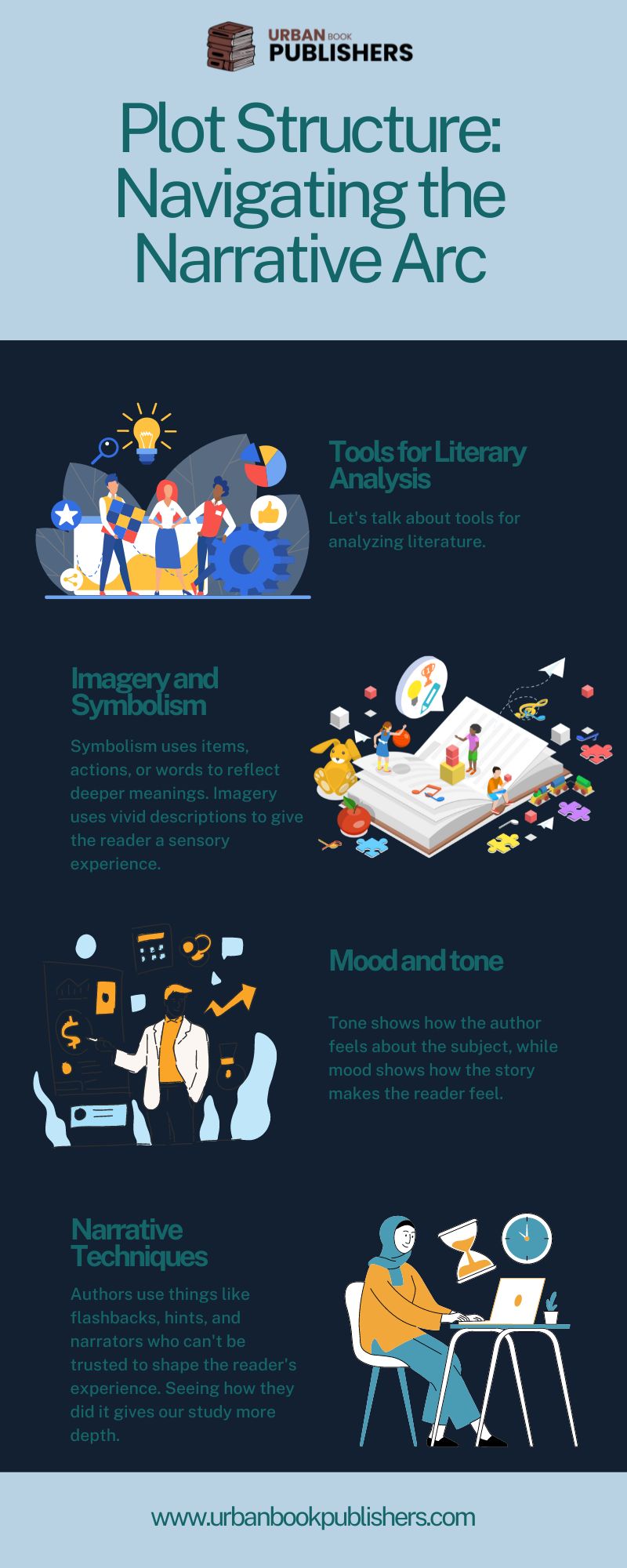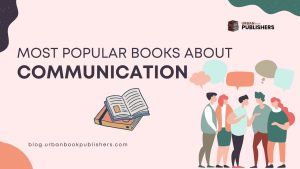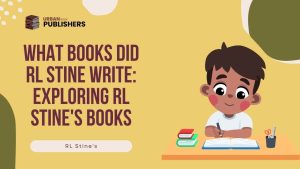
Writing
Click Play To Listen To The Article.
Literary analysis is an interesting trip into the heart of a piece of writing, where words, meanings, and feelings come together to make a deep experience. Whether you’re a student reading a famous book or a curious reader digging into a poem, knowing how to do a literary analysis will make your literary experiences much more enjoyable. In this detailed guide, we’ll go over all the different parts of literary analysis, from what it is to how to do it. This will give you the tools to find hidden meanings in texts.
1. Defining Literary Analysis
Literary analysis is the careful study of a piece of writing’s parts to learn more about its meaning, themes, and artistic methods. It goes deeper than the first reading level and examines the deeper meanings and layers writers put into their words.
2. Importance of Literary Analysis
Literary analysis gives you a look into the author’s thoughts, feelings, and goals. It helps people figure out what’s happening and see links that might not have been clear. By breaking down literature, we can see how well it was written and understand the deep meanings it sends.
3. Key Concepts in Literary Analysis
Literary analysis is a deep look at the different parts of a piece of writing. By looking at these parts, readers can find secret meanings, figure out what the author was trying to say and understand the text better. Characterization, Plot Structure, and Themes and Motifs are three of the most important ideas in literature analysis.
4. Themes and Motifs: Unveiling the Underlying Messages
Themes are the main ideas, concepts, and messages the author wants to convey. They are the intellectual backbone of any piece of writing. These themes often touch on things everyone can relate to, making links beyond time and place. They are like the threads that make up the story’s tapestry. They allow the reader to look at the story’s events and people.
Themes are supported by motifs, repeated symbols, pictures, or ideas that help develop the main themes. Motifs are like breadcrumbs in a piece of writing. They lead the reader to greater meanings. Whether it’s a red rose that keeps coming up to show how complicated love is or a raven that shows how bad things are about to get, patterns add depth to the story’s main ideas.
5. Characterization: The Heartbeat of the Narrative
Characters give a story of life. They move the plot forward and show how the story’s ideas are being explored. Characterization is more than just describing how someone looks; it also includes how they think, feel, act, and interact with others. Characters can be the main characters, the bad guys, the foils, or even symbols for vague ideas.
By analyzing a character’s traits, readers can see how the character affects the story’s growth. Viewers can see how they mirror the larger themes and conflicts at play by looking at how characters change, what drives them, and their conflicts with themselves. A well-developed character is more than words on a page; they show people’s complexity.
6. Plot Structure: Navigating the Narrative Arc

The plot structure of a piece of writing is like its road plan. From the exposition, which presents the setting and characters, to the rising action, which builds tension, to the climax, where conflicts come to a head, to the resolution, which ties up loose ends, the plot structure determines the ups and downs of the story. book publishers new york can help you in creating Plot Structure.
You can see how the author chose to do things by examining how the story is put together. The reader’s emotions are affected by how the story unfolds, where the key moments happen, and how the story ends. A well-written plot keeps readers on the edge of their seats, and knowing how it works can help them figure out what the author is trying to do.
6.1 Tools for Literary Analysis
Let’s talk about tools for analyzing literature.
6.2 Imagery and Symbolism
Symbolism uses items, actions, or words to reflect deeper meanings. Imagery uses vivid descriptions to give the reader a sensory experience. When you look at images and symbols, you can find different ways to understand them.
6.3 Mood and tone
Tone shows how the author feels about the subject, while mood shows how the story makes the reader feel. Knowing these things, we can better understand how the actors feel and the story’s meaning.
6.4 Narrative Techniques
Authors use things like flashbacks, hints, and narrators who can’t be trusted to shape the reader’s experience. Seeing how they did it gives our study more depth.
4. How to Do a Literary Analysis in Steps
Following is the step-by-step procedure.
4.1 Choosing a Literary Work
The first step is to choose a piece of writing that interests you. It could be a long story, a song, a play, or a short story. The key is to choose something that speaks to you and makes you want to know more.
4.2 Close Reading and Note-Taking
Close reading means paying close attention to the text, making notes, and highlighting important parts. Taking notes helps you track your thoughts and feelings as you get into the work.
4.3 Developing a Thesis Statement
Your thesis statement is the main point you’ll look at in your research. It tells you how to analyze the writing and figure out its meaning.
5. Structural Elements of a Literary Analysis
Here are the Structural Elements of a Literary Analysis
5.1 Introduction
The introduction sets the stage for your analysis, explains the work you’re analyzing, and gives your thesis statement.
5.2 Body Paragraphs with Textual Evidence
Each body paragraph should focus on a different part of your analysis and use textual evidence to support your claims.
5.3 Analysis and Interpretation
In this part, you explain how the evidence you’ve given supports your thesis and think about what it all means.
Conclusion
In conclusion, you summarize your analysis, restate your thesis, and discuss your results broadly.
6. Common Pitfalls to Avoid
“Don’t tell the story again; instead, focus on how different parts of the story add to its meaning.”. Symbols often have greater meanings, so don’t miss chances to learn more about them.
7. Benefits of Mastering Literary Analysis
- By analyzing books, you better think critically and deeply about complicated ideas.
- Literary analysis gives you a better understanding of the depth and complexity of the works you read.
- You can improve your writing style and skill by looking at good writers’ methods.
Key Element Explored
| Key Element | Description | Example/Application |
|---|---|---|
| Interpretation | In-depth exploration of themes, motifs, and meanings in the text. | Analyzing the theme of freedom in a novel. |
| Character Study | Examination of characters’ roles, development, and impact on the narrative. | Discussing the protagonist’s growth. |
| Structure Analysis | Insights into the narrative structure and its influence on the story’s flow. | Examining the climax in a short story. |
| Symbolism & Imagery | Analysis of symbols and imagery to understand deeper meanings. | Exploring the use of water as a symbol. |
| Author’s Style | Evaluation of the author’s unique style and its effect on the narrative. | Assessing the use of irony or satire. |
| Contextual Influence | Understanding the influence of historical, cultural, or personal contexts on the text. | Relating a poem to its historical context. |
| Reader’s Perspective | Reflection on how different readers might interpret the text based on their backgrounds and experiences. | Discussing varying interpretations of a theme. |
Conclusion
When you start to analyze a piece of literature, it’s like becoming an explorer of words and looking for secret treasures in the pages. We can figure out the mysteries and hidden messages in a piece of writing by looking at it closely.




